They’ll catch lots of pests, and most aren’t at all aggressive or dangerous.
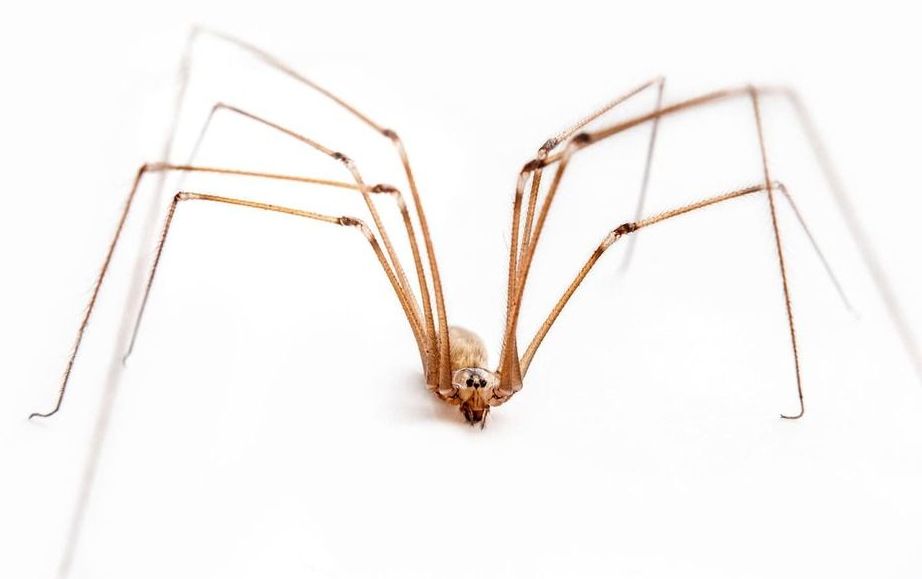

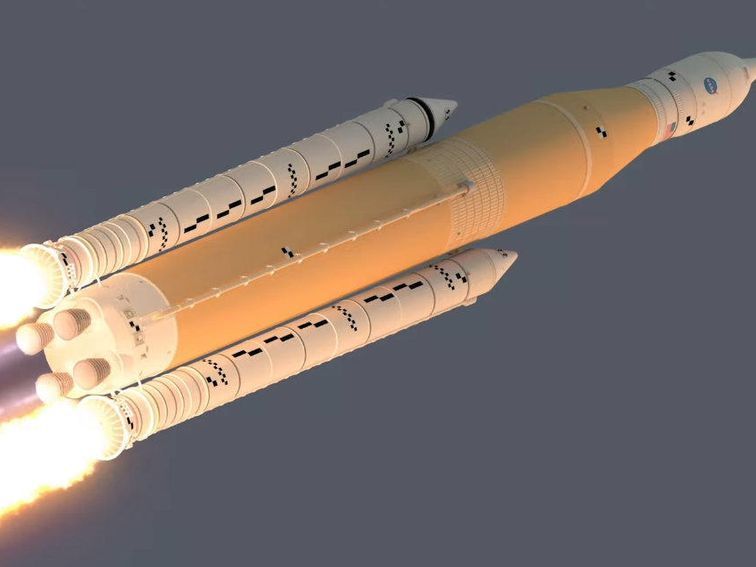
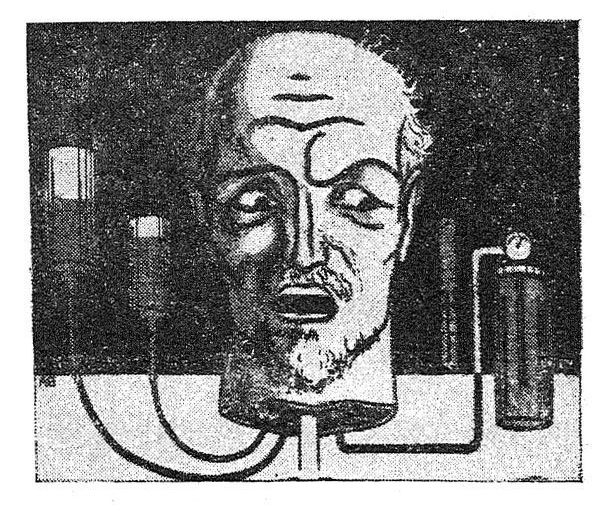
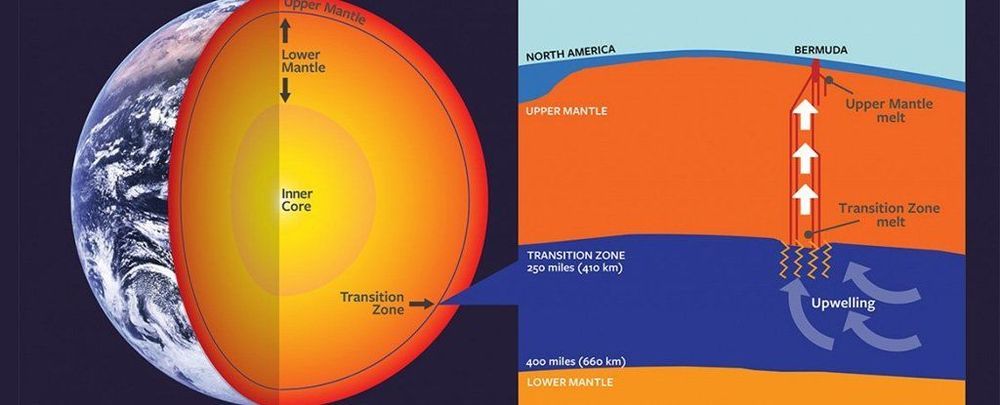
Researchers have pinpointed a previously unknown source of volcanoes in the extreme depths of Earth — in the transition zone between the upper and lower mantle.
Until now, we thought we had a handle on the ways in which volcanoes form, welling up from the molten regions in the upper mantle beneath our planet’s crust, but the new discovery takes things much farther down.
In the Bermuda islands, which sit atop an extinct volcanic seamount, geologists have found the first direct evidence that material from the transition zone, between 400 and 650 kilometres (250 and 400 miles) below Earth’s surface, can bubble up and be spewed out of volcanoes.
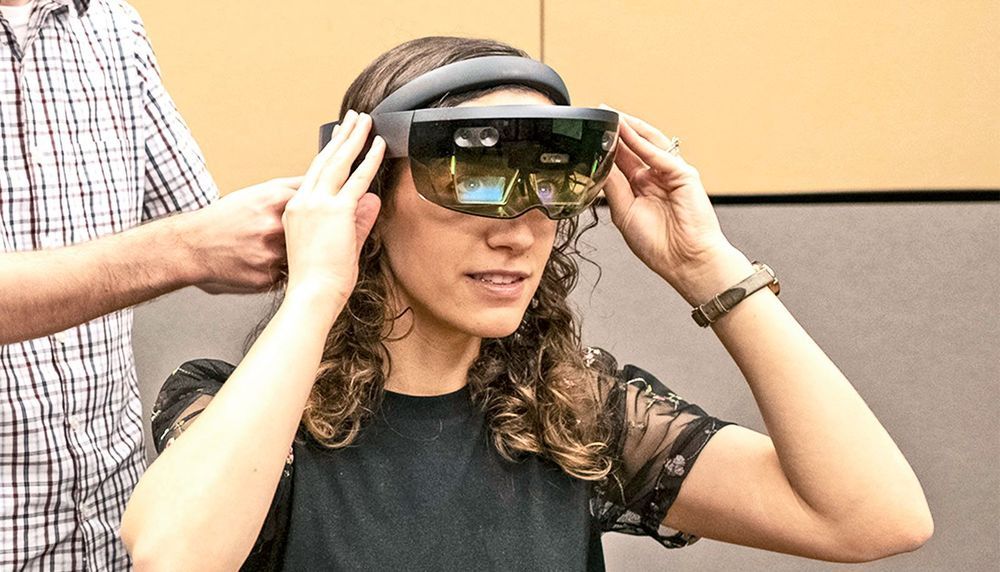

The National Academy of Sciences is always an impressive place, with visitors greeted out front by a more-then-life-sized bronze statue of Albert Einstein. In keeping with the spirit of the academy, Einstein is not depicted standing with his eyes looking upward to some fantastic future. Rather, he is seated, looking slightly downward in thought, holding papers on which his equations are written—doing the hard work of trying to make that fantastic future happen.
On April 9th, the academy hosted an event, sponsored by the Kavli Foundation and produced by Scientific American, that honored 10 individuals who have also done the hard work of making the world better through their scientific research. The 10 were all winners of Nobel Prizes, Kavli Prizes or both. And for one hour, they took to the stage in the Fred Kavli Auditorium within the academy building to field questions by Scientific American Editor-In-Chief Mariette DiChristina. This video represents a few of the highlights of that panel discussion.
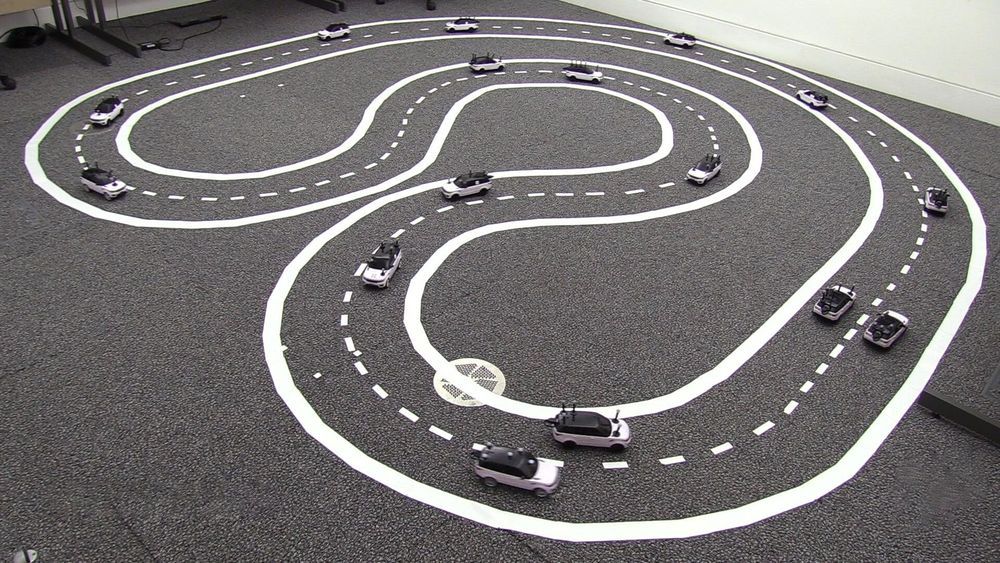
A fleet of driverless cars working together to keep traffic moving smoothly can improve overall traffic flow by at least 35 percent, researchers have shown.
The researchers, from the University of Cambridge, programmed a small fleet of miniature robotic cars to drive on a multi-lane track and observed how the traffic flow changed when one of the cars stopped.
When the cars were not driving cooperatively, any cars behind the stopped car had to stop or slow down and wait for a gap in the traffic, as would typically happen on a real road. A queue quickly formed behind the stopped car and overall traffic flow was slowed.
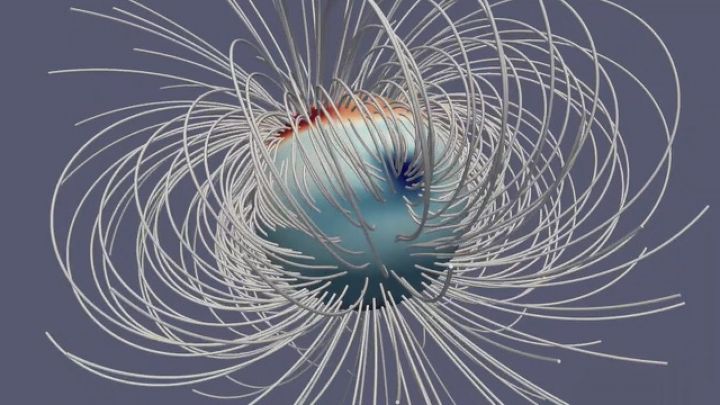
The discovery will help scientists further understand Jupiter’s interior structure — including atmospheric dynamics — as well as changes in Earth’s magnetic field. A paper on the discovery was published today in the journal Nature Astronomy.
“Secularvariation has been on the wish list of planetary scientists for decades,” said Scott Bolton, Juno principal investigator from the Southwest ResearchInstitute in San Antonio. “This discovery could only take place due toJuno’s extremely accurate science instruments and the unique nature of Juno’sorbit, which carries it low over the planet as it travels from pole to pole.”
Characterizing the magnetic field of a planetrequires close-up measurements. Juno scientists compared data from NASA’s pastmissions to Jupiter (Pioneer 10 and 11, Voyager 1 and Ulysses) to a new model ofJupiter’s magnetic field (called JRM09). The new model was based on datacollected during Juno’s first eight science passes of Jupiter using itsmagnetometer, an instrument capable of generating a detailed three-dimensionalmap of the magnetic field.